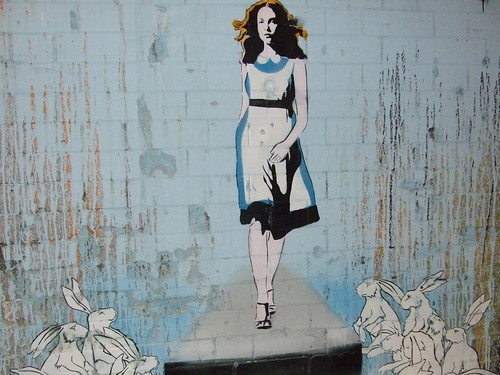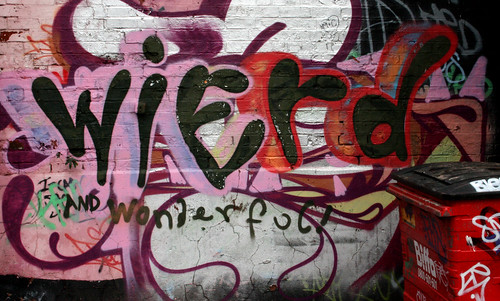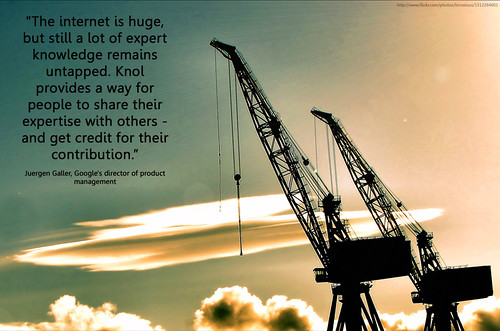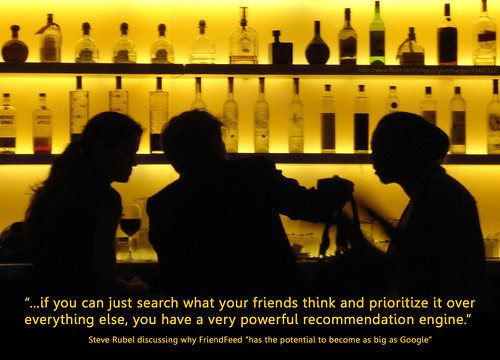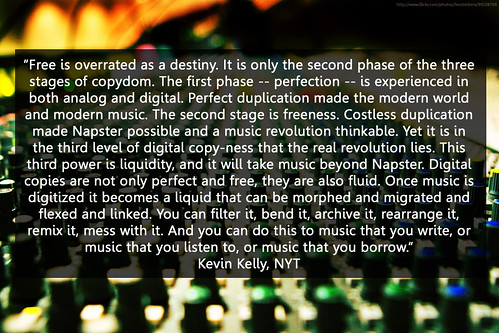What is the point of a fashion model? Aren't they there to help present clothes in their best aesthetic and proportions and ultimately elicit the reaction 'ooh, I would like that' or 'that brand'?
I think so.
After desire comes pragmatics. Does it fit? Does it look good?
If everyone were the same size as the models then all you would do is go and buy the item in that size.
But, of course, everyone isn't the
size of a model. Dove niftily profited from that insight with their
Campaign for Real Beauty.
Plus, it is one thing to see a model wearing something, another to imagine yourself in it and quite another still to see yourself in it.
It is for this reason fitting rooms exist: so people can test clothes in front of mirrors while trying to look effortlessly
blasé about it all (this most bizarre of states is in
desperate need of a label. Do the Germans have one,
they normally have wonderful words for things like this?)
I would argue that if it weren't for the liberal return policies that e-retail sites have, (
which are roughly double the shop rates) clothing would be no way near
the second most purchased item online after books. The
internet just turns people's homes into their fitting rooms.
Now, no digital experience can recreate the real thing, but I think clothing companies
haven't quite got it right online yet.
Just from having a browse around the sites of
H&M,
Diesel and
TopShop it is clear that their digital spaces are sparkly brochures, nothing more.
Even
Uniquo's Grand Prix winning Uniqlock - as fresh and tasty as it is - doesn't add a whole lot of value on for their customers. It is not useful to actually buying clothes. Maybe it's not supposed to be. But I think it should.
What would be better? I reckon if people are interested in how clothes look and if they'll fit then all that's needed is a digitisation of the place this happens in: the fitting room.
The Digital Fitting Room can be online, on-phone or on-wall. It simply takes a high-res avatar of you based on either a scan or supplied key dimensions and matches it to the known dimension of clothes. I think the technology is good enough to do this and the demand is certainly there if virtual communities are anything to go by:
"I've also been fascinated to discover how important fashion is within virtual worlds, in which people can dress up their digital avatars and enjoy the benefits of a new outfit or hair-do at a fraction of the cost of the real thing. This is a kind of theatre of virtual consumption, which works in exactly the same way as consumption in the real world – people lust after objects, save up to buy them, and display them with the same pride they would an analogue object....trying on outfits and shopping is one of the great pleasures the world affords its residents, and one of the reasons why Second Life is used by so many women."
And it opens up whole new swathes of applications for things like the iPhone (e.g., point it at an item's
bar/QR code in-store and see what it would look like on you) or gaming where you get to dress yourself digitally inside of an interesting little game.
The first steps don't have to be as grand as these. They just create engaging and useful interfaces for people to dress themselves and ride off the back off the the popularity of personalisation in the marketplace.
I'd find it useful
anyway.




